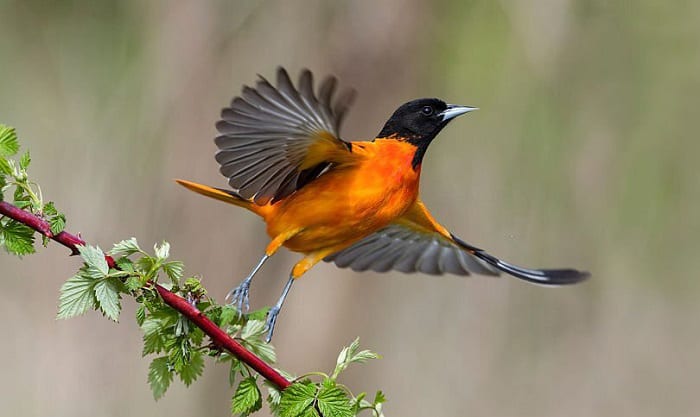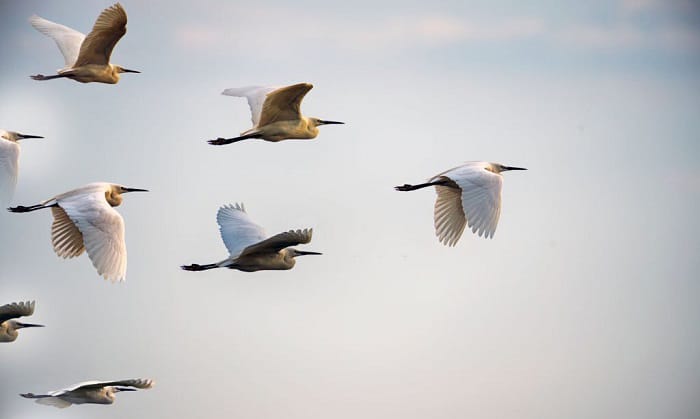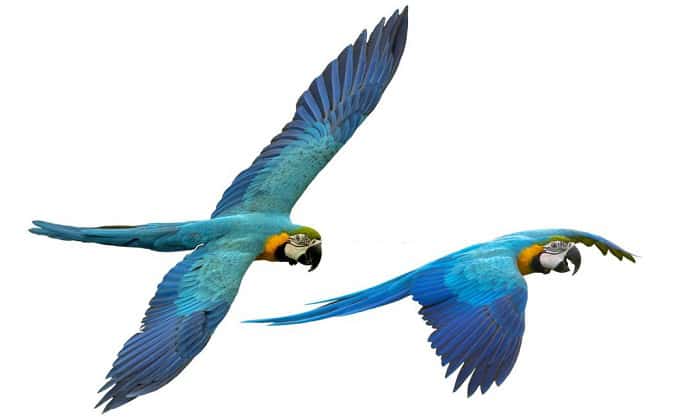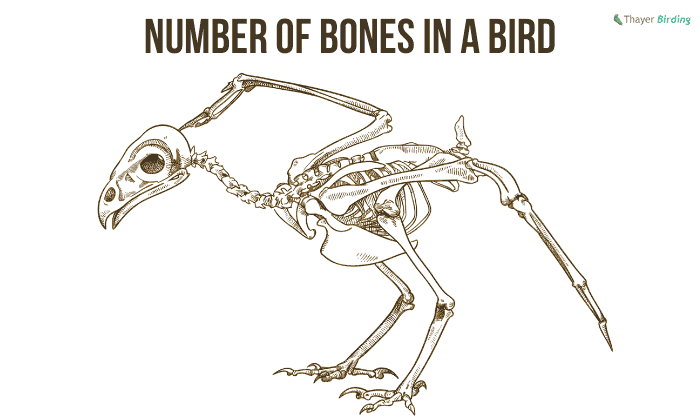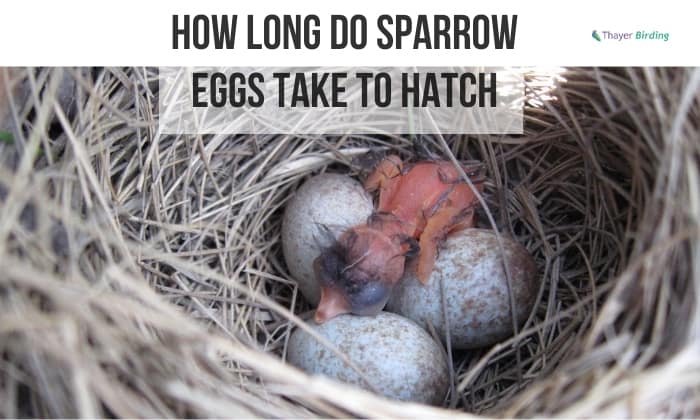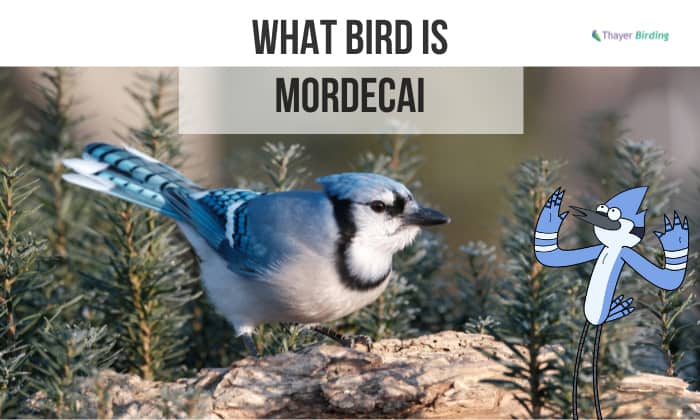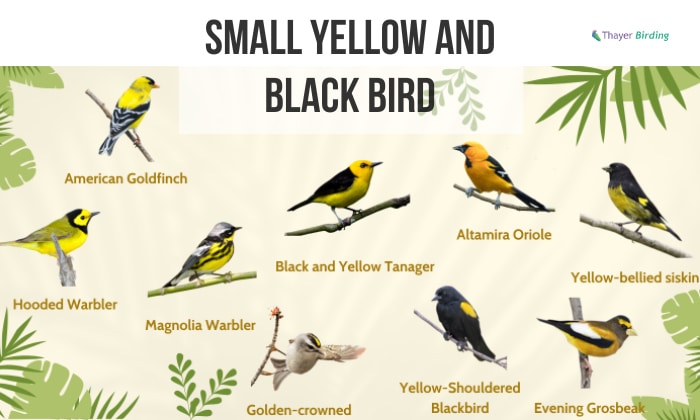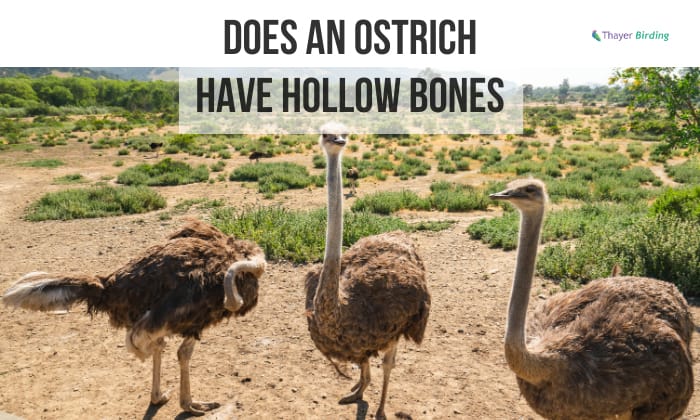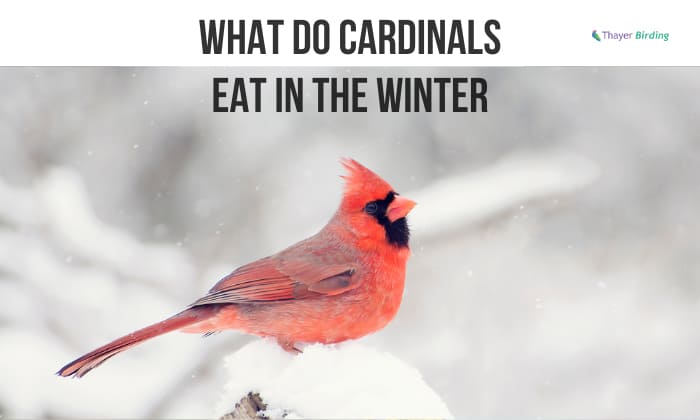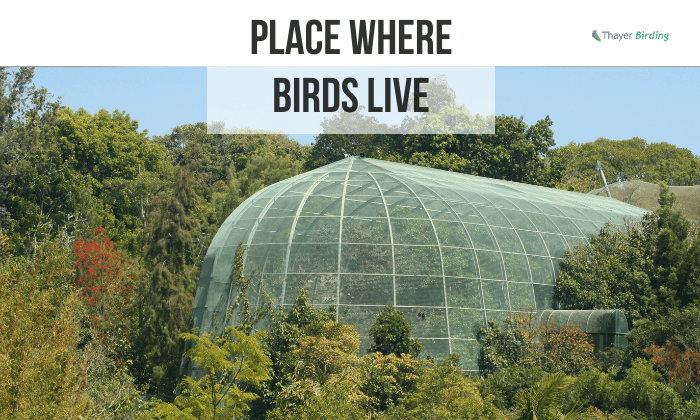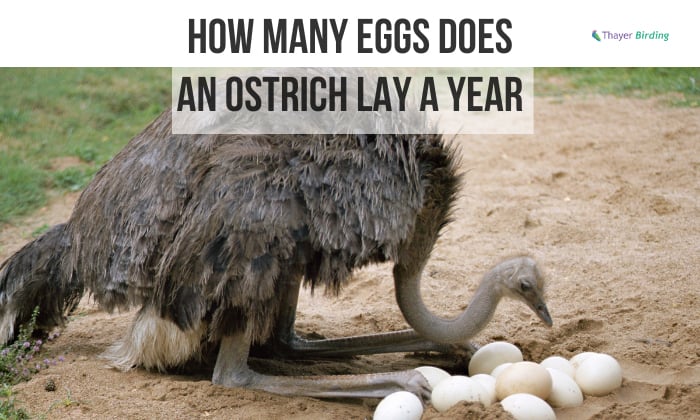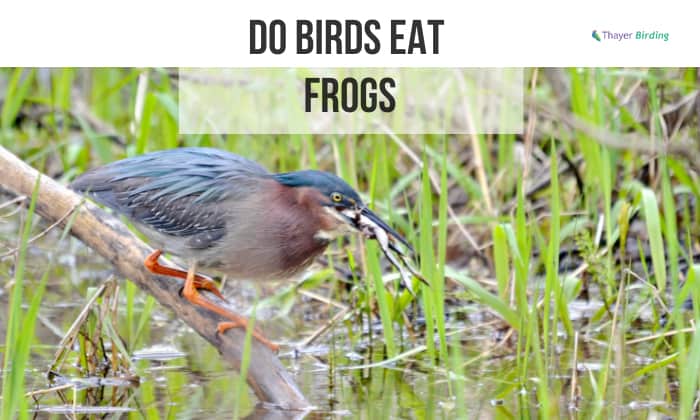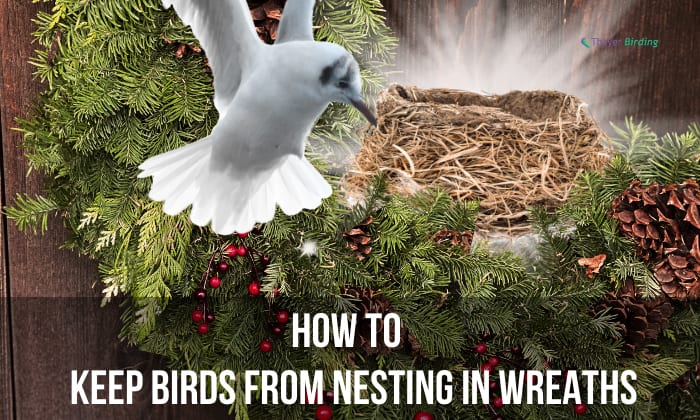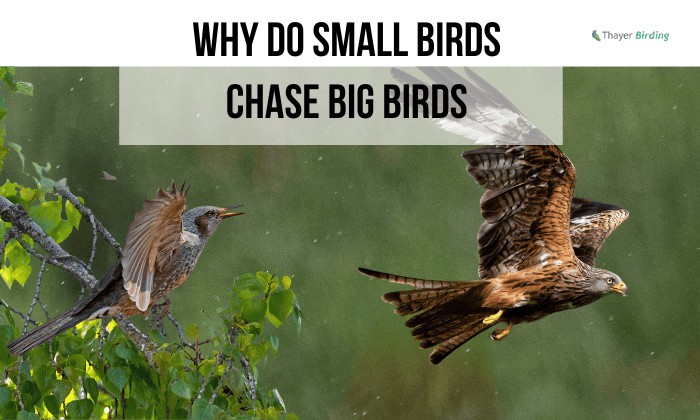How do birds fly? Avians are equipped with wings and strong muscles for flying upwards, downwards, across, and forwards.
The flight speed of the birds depends greatly on the wing size. With longer wings, the speed is faster and less effort is exerted in flapping. But if the wings are short, the avians require more beats per second and more energy.
Table of Contents
Facts About How Wings Help Birds Fly
In order to understand the explanation text about birds’ flying ability, it’s necessary to comprehend what a “lift” is. When avians are in flight, they combine the functionality of their wings and the air around them to generate what is called a lift.
Thanks to their concave-shaped wings, avians are able to move through the wind and shift directions as they go.
Lift works when the air beneath the wings is slower compared to the passing wind above the feathers. And to fly so fast, the birds flap their wings faster.
4 Different Types of Bird Wings
In order to fly the birds require the use of their wings. Keep in mind that the shape of the wings matters in terms of flight performance. There are four different types of bird wings, which are:
- Elliptical wings – These are bird wings with an elliptical shape. Some birds with elliptical wings can also be described as having high-aspect ratio and high-speed wings.
- High-aspect ratio wings – Long wings with shorter widths are typically used for slow flying.
- High-speed wings – Short wings with tapered ends that are perfect for high-speed flying.
- Soaring wings – Birds flying in a soaring pattern take advantage of the spaces at the edge of the wings to naturally float in the air.
How Do Birds Use Their Wings to Fly
To better understand how birds can fly using their wings, it’s time to turn to physics. Newton’s Third Law of Motion conveys that “every action has an equal and opposite reaction.”
So when bird take off, they point their wings downwards, and that creates an opposite reaction where the avians are pushed higher.
Birds glide on beautifully through the wind, and they indeed are a picturesque sight! However, you need to know that even without wind, bird flies nonetheless. This is because flying has more to do with the “lift” than the presence of wind. As long as there is air, birds can fly.
In terms of aerodynamics, there are four forces that greatly influence bird flight. These are lift, thrust, drag, and weight. Since we have discussed lift above, this next part will focus on the other three.
- Weight – They can fly easily thanks to their lightweight feathers, light beaks and bones.
- Drag – While in flight, the lightweight feathers, as well as the streamline physique of birds, lessen the drag.
- Thrust – The force of thrust allows the birds to move in various directions. Thrust is made possible due to the sternum of the birds and the sturdy skeleton.
With the combination of the four forces, the birds are able to fly and even migrate for miles. And if you’re wondering do birds get tired of flying, of course they do. After all, they’re living creatures like humans are.
However, weeks before they migrate, birds fill their bellies with energy-rich foods. This allows them to keep their bodies strong while travelling for long hours and days.
As for non-migratory birds, they roost in trees, bird houses, cable wires, and on fences.
How Do Birds Change Flight Direction
Birds fly against the wind, and they are capable of shifting directions anytime they want. Their whole body structure is built for flying, and they know how to control their flight paths.
Bird flying up and down is made possible by shifting the angle of both wings along with the flow of the wind. This flying motion is also called pitch, as related to the movement of an airplane.
In terms of a side-by-side flight motion or a roll, the avians allow one wing to gain more lift compared to the other.
And to perform a left-and-right flying movement or a yaw, the avians rotate the tips of their wings to their preferred direction.
When the birds want to go left, they lift their right wings heavenward, and send their left wings in a descending direction. And the same rule goes when the birds move to the right, with the left wings going upwards and right wings downwards.
What Are the Usual Flying Patterns of Birds
Why do birds fly? Because they can. Avians use their flying skills to hunt for insects, seek seeds and fruits, outsmart their predators, and migrate when winter comes. And they fly in various patterns too.
- Direct flight – straight flight path where birds keep a steady beat.
- Circle – circling the sky is what hawks are fond of, as well as other bird species and more reasons.
- Glide – the act of spreading the wings and flying without flapping.
- Hovering – Hummingbirds are known for this flying technique thanks to their ability to fly backwards. Birds hover while sucking on nectar.
- Up & Down – Birds like to fly upwards and downwards in a repetitive manner.
- Flap & Glide – flying with the use of flapping the wings and then gliding.
- Hawking – From a perched position, the birds take off upwards, and then they circle around, usually to catch their next meal.
- Straight-line formation – Avians in a flock fly in a straight line, especially when in flight above the water.
- Undulating – Birds follow a roller coaster pattern. They flap their wings as they go up, and glide when flying down.
- V Formation – Migratory birds in air form a “V” shape as they journey to a warmer location.
- Zigzag – Avians follow a triangular pattern when they try to escape from enemies.
- Combination – Many bird species prefer to combine various flying patterns in one flight period.
- Moth-like – a random flying pattern that results from a frequent shift in direction or change in flying speed.
How Do Birds Keep Their Feathers in Shape
The flying bird wings are essential to the survival of the avians. So how do the thousands of bird species care for their feathers?
There is an act known as bird bathing, where the birds take out all parasites that stick to their plumage. Birds take a short bath in water puddles, as well as in birdbaths in yards installed by homeowners. Bathing is about wetting their feathers and shaking off the water.
Birds are known to preserve their feathers. This grooming process is done by using their bill to comb their feathers.
The avians also have a natural oil found at their tail, and they spread that substance throughout their body using their beak. This process keeps the feathers in an optimal state.
Conclusion
How do birds fly? The wings of the birds are instrumental in the flight capability of our favorite feathered creatures. We now know that there are four types of wings, as well as the forces that contribute to the flying motion. We have covered the different flying patterns of avians as well.
Through this post, we hope you know how avians take advantage of their natural body structure. They are built to fly, and they do so to survive. Kindly take the time to share this post to your social media. We also welcome your comments and ideas.
Furthermore, here’s an article on which birds can’t fly if you’re wondering. Moreover, explore some more bird behaviors, such as:
- List of 14 bird species that mate forevern
- how birds communicate with each other
- how birds drink water? (with slomo video)

George and I became friends after a birdwatching trip with our new group. And we have been enjoying every adventure together. When he told me the idea of establishing a site that shares our experiences and fun, I immediately agreed. After trials and errors, here we have Thayerbirding.


